Eej Mod is place where Mongolians often come to seek solace and advice, and make offerings of vodka, milk, and khatag (a blue ceremonial silk scarf symbolizing the bestowal of blessings and good-luck wishes upon those who receive it). Mongolians revere the milk of the five domestic animals (sheep, goat, cow, camel, horse). They wish all things, especially human feelings, would be as white as milk. The color white is the symbol of all things beneficial – happiness, purity, and frankness. Like the ritual preformed when one encounters an ovoos (the large piles of rocks found on mountain passes, repositories of offerings for local sprits), pilgrims ask for a wish to be granted and circle the tree clockwise three times. Legend has it that a pregnant woman, seeking shelter from a heavy rain storm, sought refuge under this particular tree and gave birth to her child, hence the name, Eej Mod (Mother Tree).
Eej Mod (Mother Tree)



Where the mighty rivers of Orkhon Gol and the Selenge Gol meet.








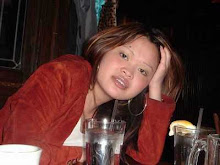



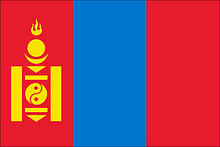
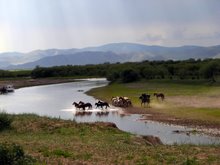

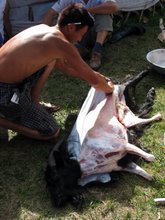
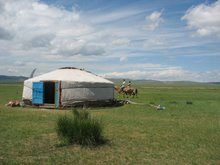

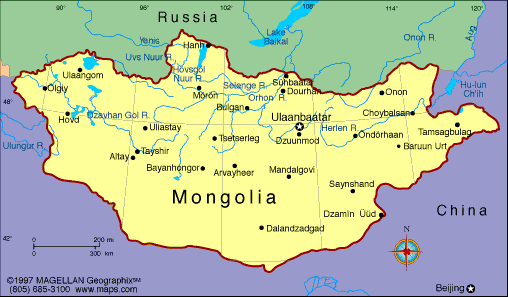
No comments:
Post a Comment